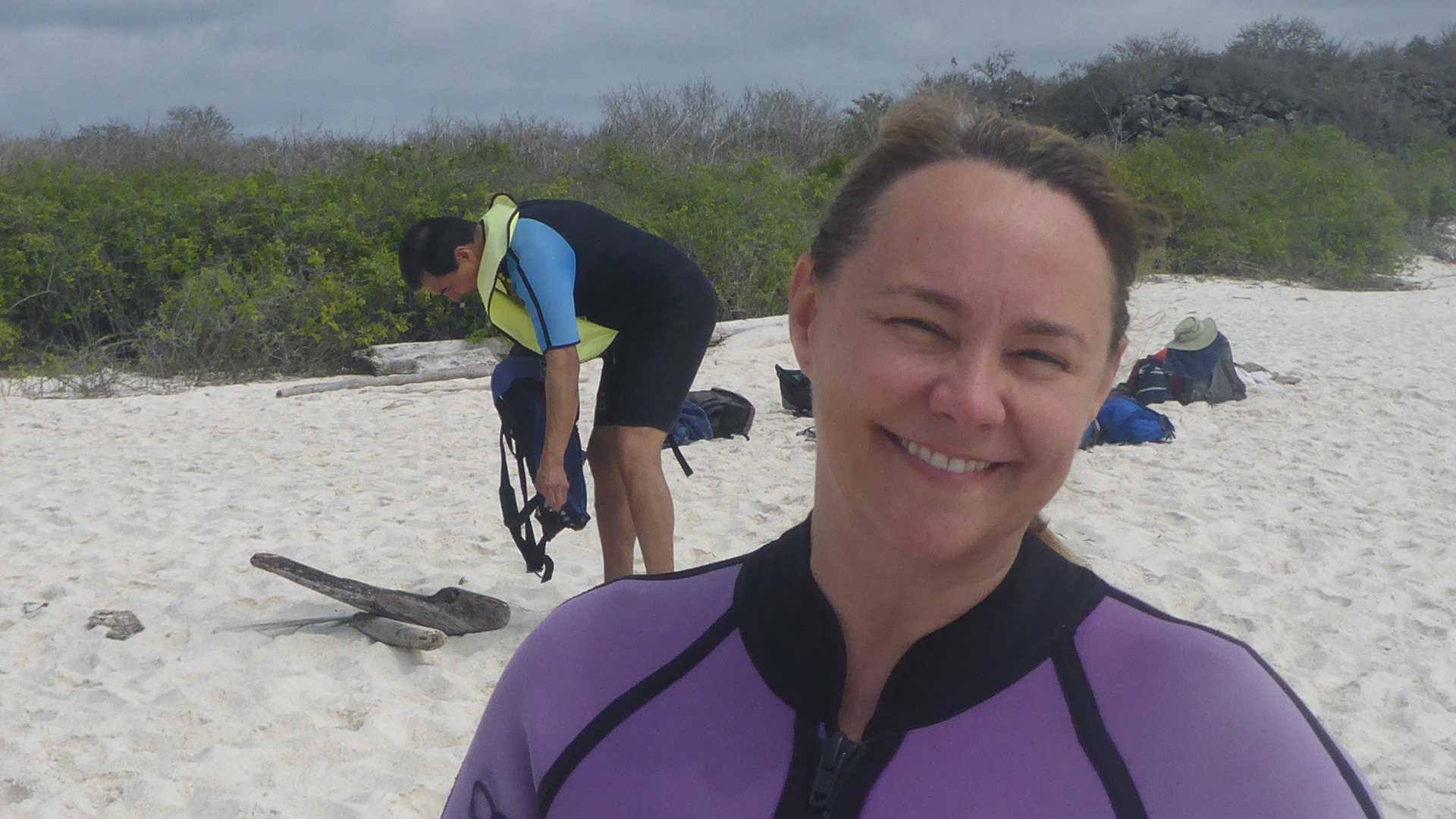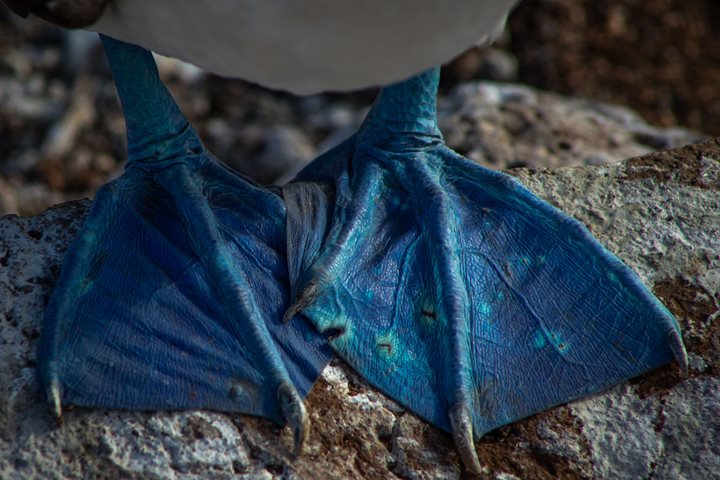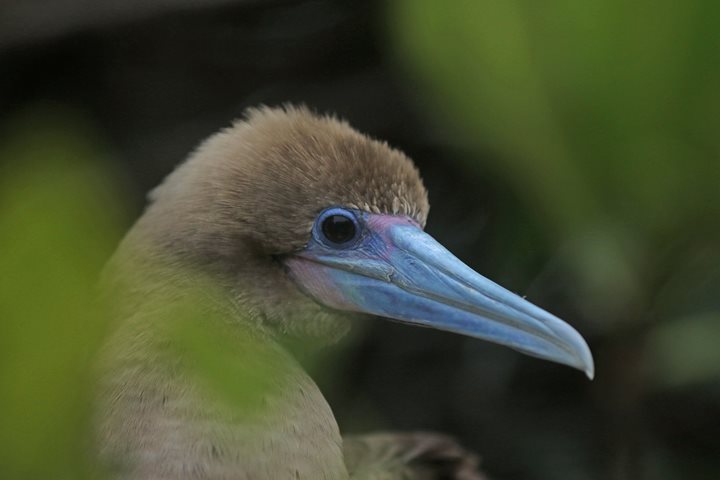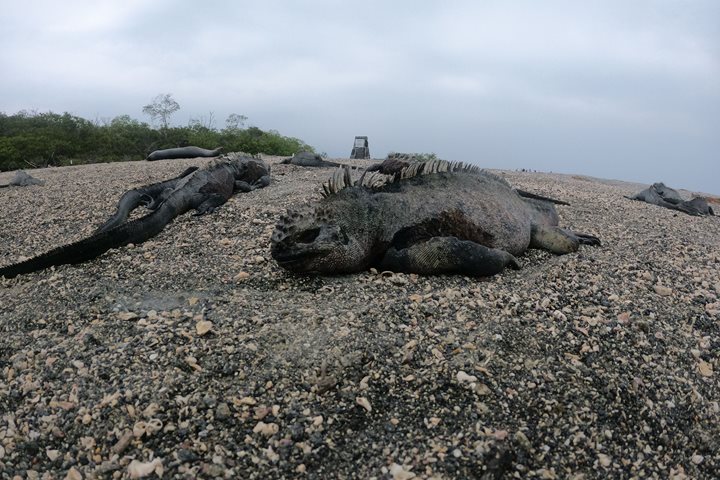We woke up today with drizzle or “garua” as it’s known in Spanish. It was overcast as we had breakfast but by the time we distributed snorkeling gear it had cleared up and the sun was shining. We had two expeditions, one to deep water and the other to the sand. Gardner Beach is about a mile in length made of flour-like white sand. Hood is the oldest island in Galapagos and as such it has had the longest time to accumulate organic material, this white sand was digested by parrot fish while they fed on coral. An adult parrot fish can defecate up to ten pounds of fine sand in a year. So the older the island, the more white sand it will have.
While walking the sand we spotted mockingbirds picking flies of the back of the sea lions. This has to be done fast and with extreme care as the sea lions don’t tolerate the mockingbirds on them. Mockingbirds are omnivorous and supplement their insect diet with undigested fish they get from the scat of sea lions. Hood Island has three species of finches: large cactus, small ground and warbler finches.
Another unusual characteristic of Hood is that hawks are monogamous while in the rest of the archipelago they are polyandrous and we don’t know why this is so.
In the afternoon we visited Suarez Point where the main attractions were the waved albatrosses and the blowhole by the cliff. Galapagos has so much to offer!







